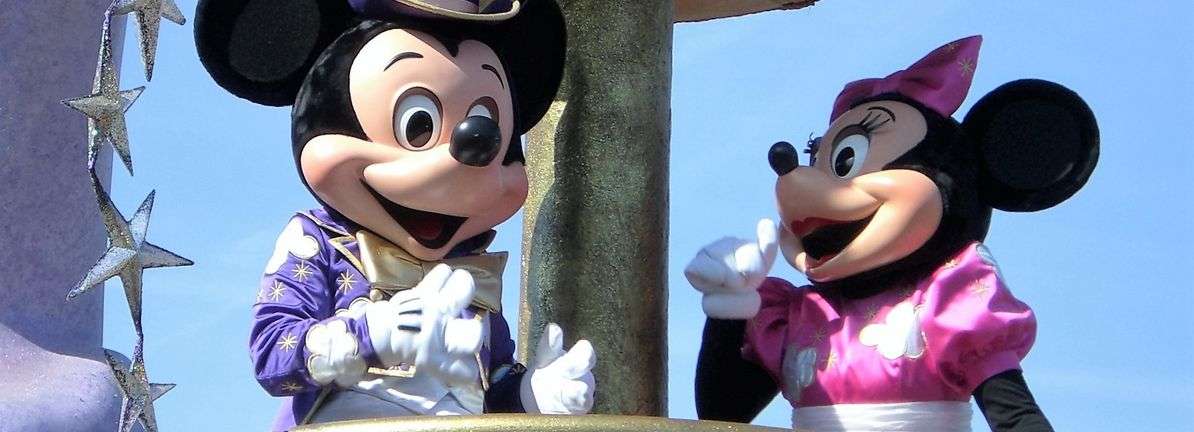If you’re an investor in The Walt Disney Company (NYSE: DIS), the past few years have been a whirlwind. In a span of three years, shareholders have seen a surprising 52% decline in Disney’s stock price, culminating in a recent tumble that wiped US$14 billion off its market value in just one week. The decline has picked up pace, with a 19% drop over the last three months alone. This is a tough pill to swallow, especially for those who have remained steadfast through these turbulent times.
But what’s really driving this decline? Disney turned profitable within the last five years, which one would expect to be a good omen. Revenue has been on the rise too, growing at an impressive rate of 13% annually over the last three years. This suggests the company’s core business remains strong. So, what gives?
One aspect is the modest 1.0% dividend yield, which might not be a significant influence on market sentiment. Interestingly, insiders have shown confidence by making notable purchases of the stock over the last year. This signals that those closest to the company see potential value despite recent woes. For investors looking for silver linings, understanding these insider moves and future earnings projections could be key. Check out this free report showing consensus forecasts for a deeper dive.
Over the past year, Disney’s total shareholder loss was 1.0%, significantly lagging behind the market’s 16% gain. This downturn isn’t isolated—investors have faced an average annual loss of 6% over the last half-decade. For those considering diving in or holding on, clear indicators of growth are crucial before betting on the stock’s rebound. On that note, we’ve spotted 2 warning signs with Walt Disney that every investor should consider as part of their strategy.
What do you think about Disney’s current financial trajectory? Share your thoughts in the comments and join the conversation. Is it time to buy the dip, or should cautious optimism prevail? We’d love to hear from you!



